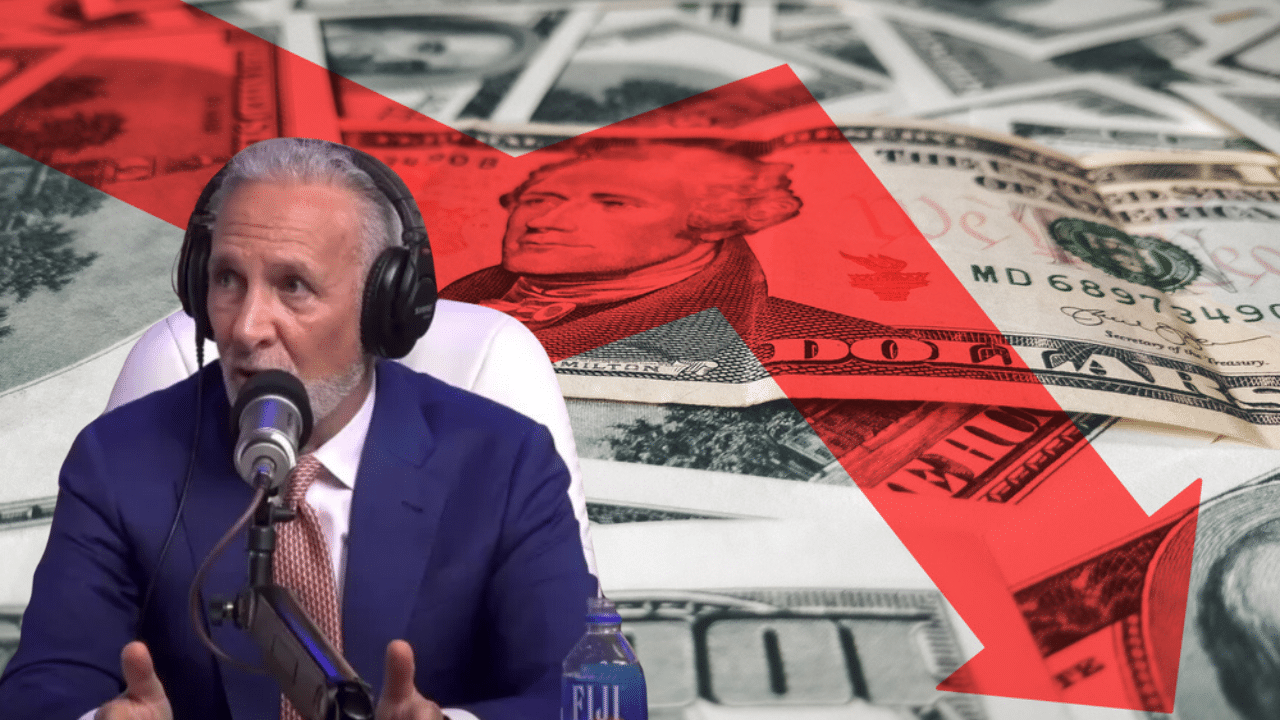(OPINION) Economist Peter Schiff warned Americans to prepare for “a major dollar decline.” The genesis of his gloomy outlook for the greenback will surprise those who understand Schiff’s gold-first investing philosophy.
“I think gold is telling us that the dollar is going down again — and this time it’s going down for the count,” the 61-year-old said recently on Patrick Bet-David’s PBD Podcast.
Gold prices soared to record highs in early April, fueled by central banks bolstering their bullion reserves amid geopolitical tensions. “I think [the dollar is] going to be knocked off its pedestal,” Schiff added. “I think it’s going to lose its status as the reserve currency.” Is he right about the future of the greenback?
Schiff predicts a phenomenon known as “de-dollarization” — when countries shift away from the greenback as a reserve currency, medium of exchange or unit of account.
The dollar has indeed experienced a slow decline in recent years. IMF data shows the greenback’s share of globally allocated foreign exchange reserves has fallen by around 7% since early 2016.
But central banks still heavily rely on the U.S. dollar, which accounted for 58.41% of reserves in the fourth quarter of 2023—compared to the euro’s 19.98%, the Japanese yen’s 5.7%, the British pound sterling’s 4.84%, and China’s yuan’s 2.29%.
Rather than losing its global reserve throne to another currency, Schiff is more interested in data that shows central banks are ditching the dollar in favor of a shinier and more stable alternative: gold.
“Gold has already broken out,” he told Bet-David, alluding to the fact that central banks bought gold at “breakneck pace” in 2023, per the World Gold Council (WGC), with annual net purchases of 1,037 tonnes, just 45 tonnes short of the 2022 record.
“I think what’s going to happen is the world’s going to reject the dollar like we rejected gold [in 1971] — and it’s going to go back on the gold standard,” Schiff predicted. The gold standard is a monetary system, used primarily from the 1870s to the 1920s, where the value of currencies is fixed to a specified amount of gold.
















